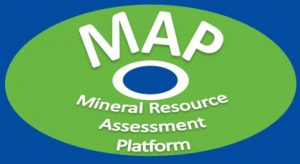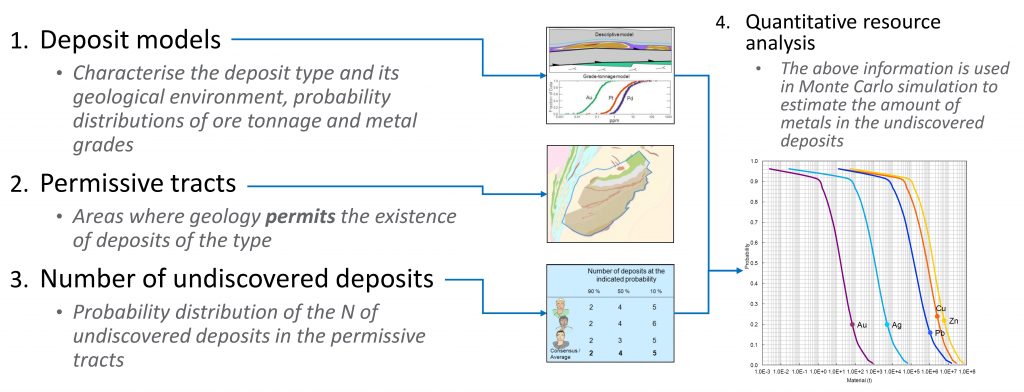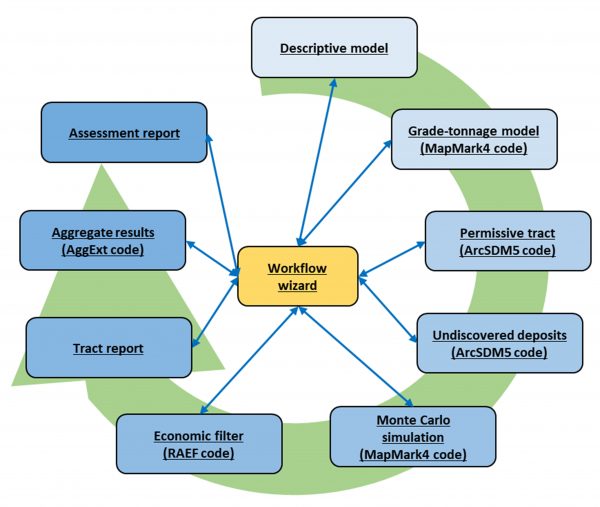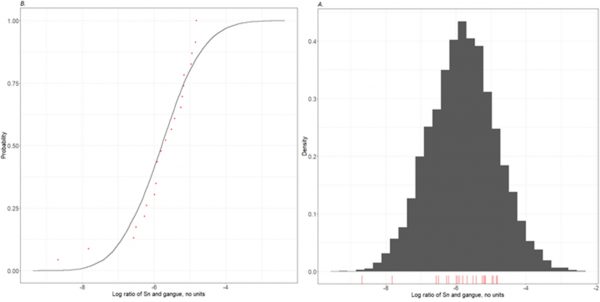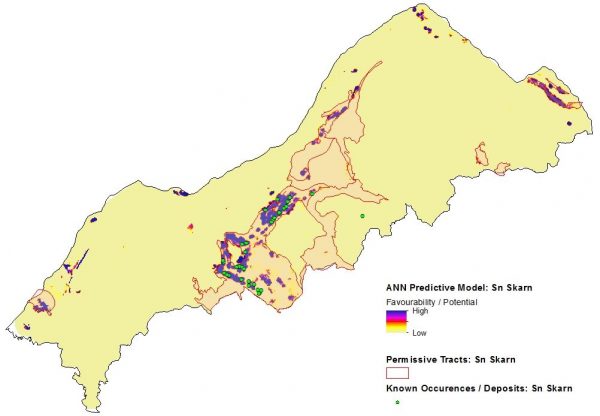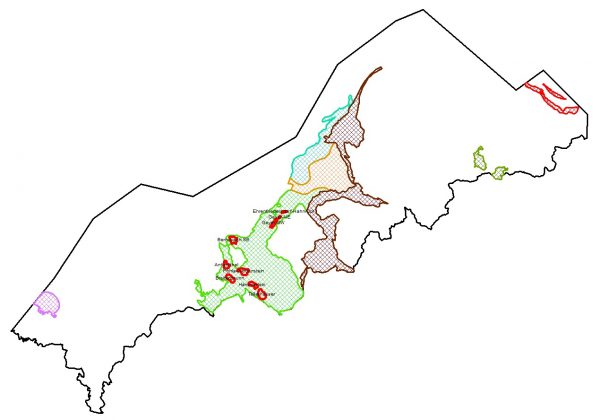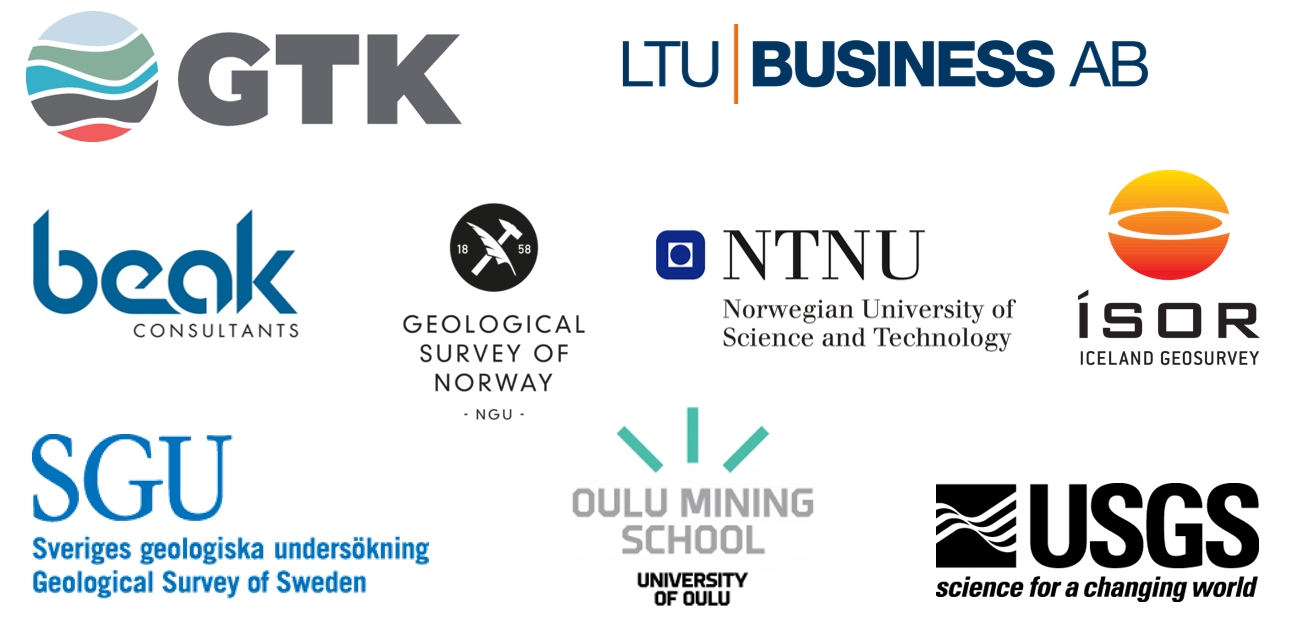| What is MAP |
The project will produce an enhanced and upgraded method and software for the quantitative assessment of undiscovered mineral resources, by integrating mineral prospectivity modelling and the three-part method. The testing phase of the software will produce valuable information on undiscovered resources in the Nordic countries and Germany, and on the Arctic deep ocean floor. The MAP software will increase the productivity of its users and create new business possibilities for service providers.
